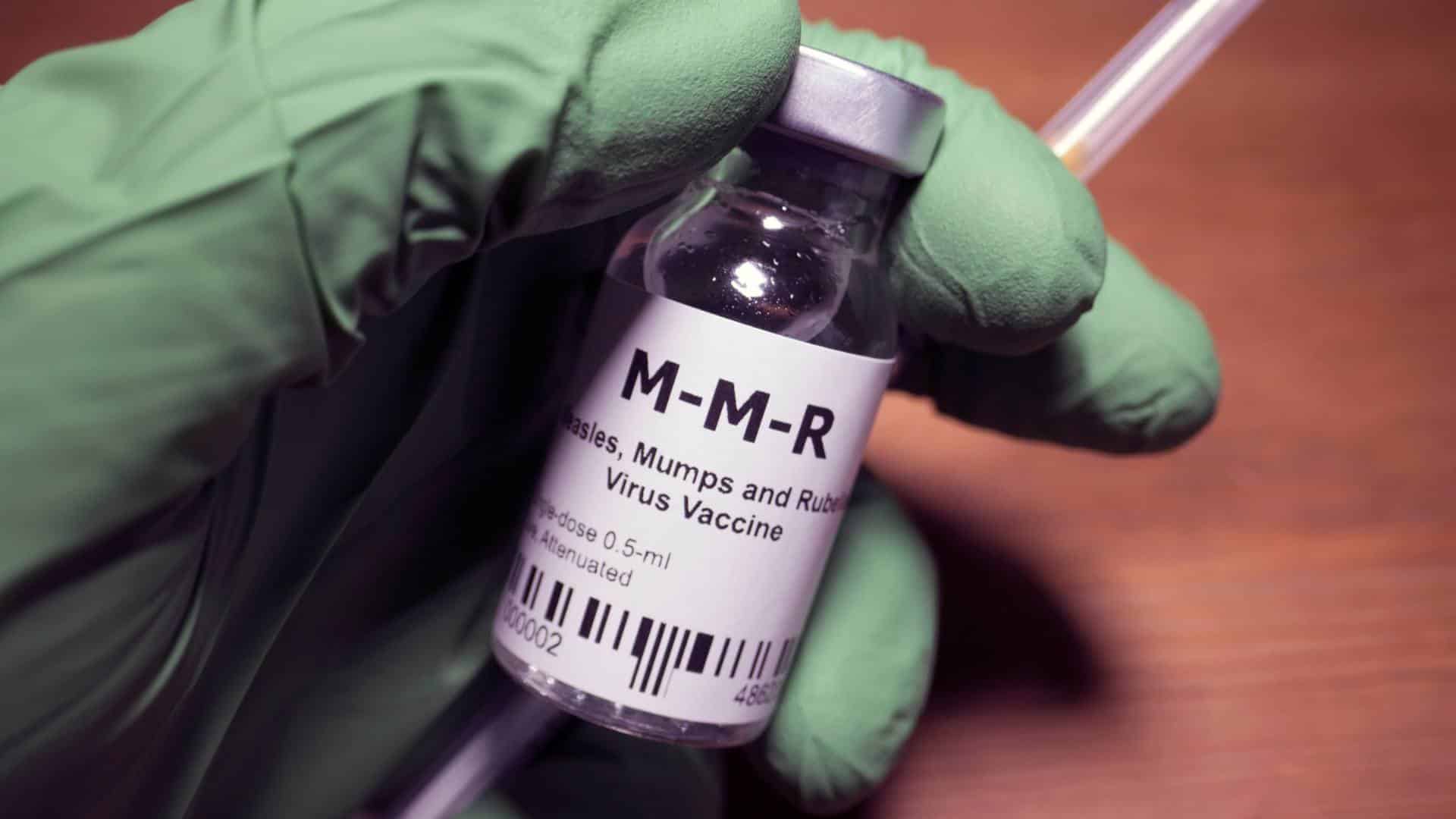
Maggie Fox has been reporting on health and science for more than 25 years and is currently a contributing writer to the Fuller Project and host of the One World, One Health podcast. She has covered conflict, politics and other international events from London, Hong Kong and Beirut. She has covered the cloning of Dolly the sheep, Ebola epidemics, stem cell technology, vaccine controversies and other stories for Reuters, CNN, National Journal, Medscape, STAT and NBC News. She lives outside Washington, DC.
This article was produced exclusively for News Decoder’s global news service. It is through articles like this that News Decoder strives to provide context to complex global events and issues and teach global awareness through the lens of journalism. Learn how you can incorporate our resources and services into your classroom or educational program. (Credits goes to News Decoder. Only educational purpose CMG Digest published this article)
The United States is fighting an unexpectedly big measles outbreak, with hundreds of cases in the state of Texas alone. Health experts expect it will last for a year or longer, because the virus has a long incubation period — people can be infected for days before they begin to show symptoms. That, in turn, means it can spread silently.
Another virus that’s spreading silently right now is polio. Tests of wastewater around the world have turned up alarming levels of the virus, notorious for paralyzing children, in Afghanistan and Pakistan, according to the World Health Organization (WHO), but also in Europe, in Spain, Poland, Germany, the United Kingdom and Finland.
These two viruses should not still be around. They only infect human beings, and mass vaccination campaigns have been ongoing for decades to try to wipe them out. And the medical profession keeps coming so close to success.
And where do these viruses come from that keep returning despite our attempts to wipe them out? The answer is from us — from other people.
Smallpox is the only human disease to have been completely eradicated. That was done with a dedicated global vaccination effort in 1972. Because the smallpox virus doesn’t infect any other animal, there wasn’t another place for it to survive and come back to reinfect people.
The same should be true for measles and polio, but war, disruption, poverty and a mistrust of vaccines make it difficult.
Where viruses hide
So even as vaccine campaigns come close to succeeding, the viruses can still hide out in unvaccinated and undervaccinated people. Travel and human contact do the rest to keep both measles and polio circulating. When an infected traveler hits a community of unvaccinated people — say a neighborhood of ultra-Orthodox Jews in London or a rural West Texas county full of vaccine skeptics — a contagious virus such as measles or polio can take off.
With both measles and polio, it takes immunization rates of more than 90% to protect a population. When rates drop below that, a community becomes vulnerable to outbreaks. A virus can take hold and spread among people, picking up steam.
That’s happened in Pakistan and Afghanistan with polio, where efforts to reach remote populations fall short because of geography, conflict and mistrust. And in Gaza, where continuous Israeli attacks have destroyed virtually all healthcare facilities, United Nations agencies have struggled to vaccinate Palestinian children against polio outbreaks.
Polio is also complicated because of the different vaccine types. One of the vaccines is given orally, and it’s made using a live, but weakened, form of the virus. This gives good immunity but in rare cases the virus can mutate in someone’s body and return to infectious strength — becoming what’s called vaccine-derived virus.
A follow-up vaccination with a second type of vaccine made using a fully killed virus will protect against this, but when vaccine campaigns can’t be completed, vaccine-derived viruses can emerge.
How viruses spread
In Europe, no cases of polio have been seen, but wastewater evidence suggests the virus is surviving in people’s bodies, and could burst out to cause sickness if it gets to someone unvaccinated. Polio spreads via the fecal-oral route — in contaminated water, via poorly washed hands, on surfaces and also via sneezes and coughs.
Fully vaccinated communities are safe but in 2022, an unvaccinated man in New York State became paralyzed after he caught polio. Investigation showed a vaccine-derived strain had been spreading quietly in the state.
Measles is the most infectious disease known and that makes it particularly hard to eradicate. In a podcast interview I did for for One World, One Health, Dr. Peter Hotez, a pediatrician and vaccine scientist at the Baylor College of Medicine, explained just how infectious it is.
“If someone has measles, and especially before they get the virus and stop feeling very sick, they’re releasing the virus into the atmosphere,” Hotez said.
Even if they leave the room, that virus will linger in the atmosphere for a couple of hours.
“So you can walk into an empty room that has the measles virus from someone who was there a couple of hours before and become infected,” he said, noting that one measles patient will infect up to 18 other people.
A virus reemerges.
Nine out of 10 unvaccinated people who are exposed to the measles virus will become infected. What is disappointing to public health experts in the latest U.S. outbreak is that so many people have become infected when measles was eliminated in the United States in 2000 and in all of the Americas in 2016.
But pockets of people who are not vaccinated against measles can act like tinder. The spark is usually a traveler who goes to a country where measles is still common because vaccination rates are low — usually due to poverty.
In a November 2024 report the WHO said that measles is still common in many places, particularly in parts of Africa, the Middle East and Asia.
“The overwhelming majority of measles deaths occur in countries with low per capita incomes or weak health infrastructures that struggle to reach all children with immunization,” the report said. Measles kills more than 100,000 people a year, mostly children. But before the vaccine was introduced in the early 1960s, it killed 2.6 million a year.
The COVID-19 pandemic badly hurt all childhood immunization efforts, WHO and other global health authorities say. Routine childhood vaccines have not caught back up to where they were before the pandemic, leaving children and adults susceptible to vaccine-preventable diseases including measles and polio but also meningitis, hepatitis, tetanus, cervical cancer and rotavirus — a disease that causes diarrhea and vomiting in babies and young children.
The retreat of the United States from global health efforts — the dismantling of the U.S. Agency for International Development, its plan to cut $1 billion in funding to Gavi, the Vaccine Alliance, and its withdrawal from the World Health Organization — will further weaken global vaccination, experts say.
And that means many more children will likely die who might otherwise live healthy lives.
Three questions to consider:
1. How can vaccines help prevent the spread of diseases?
2. What role should personal choice play in being vaccinated against deadly diseases?
3. How can global cooperation help in fighting the spread of disease?


* * * Claim Free iPhone 16: http://sidim.org/index.php?j6aew1 * * * hs=1dea4d4558cea193cd9efd9397463ee4* ххх*
znlanl